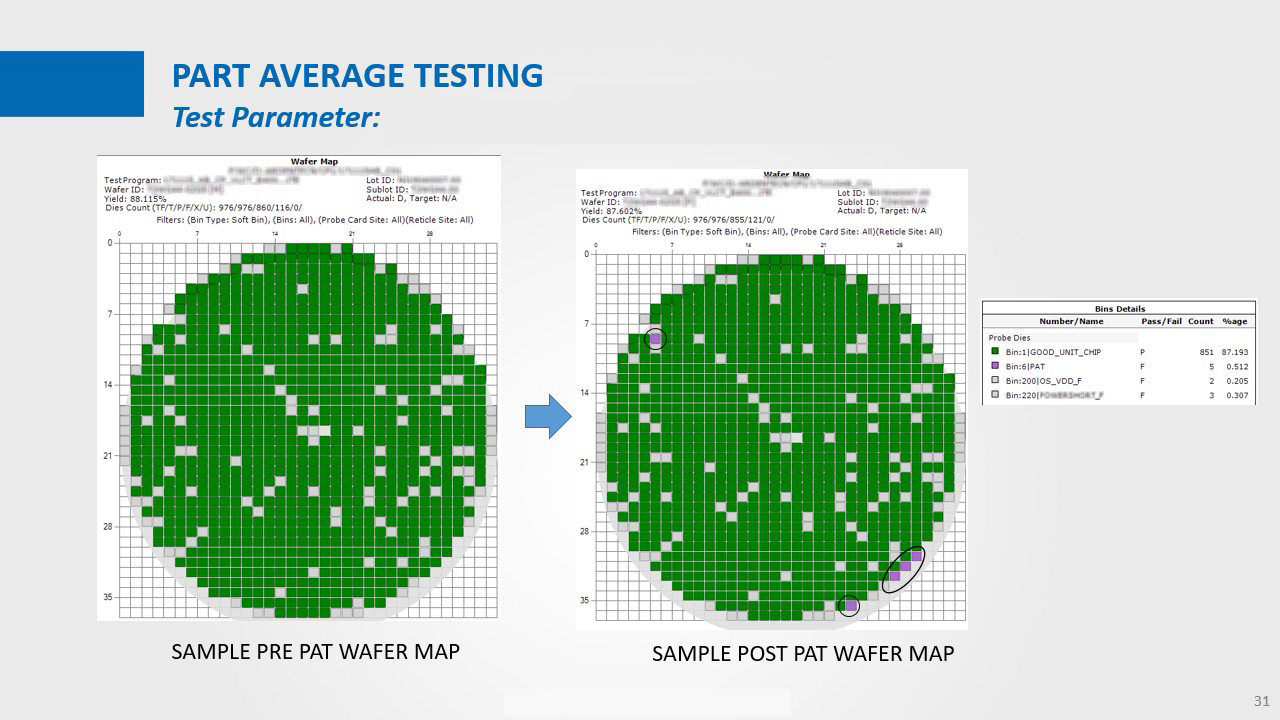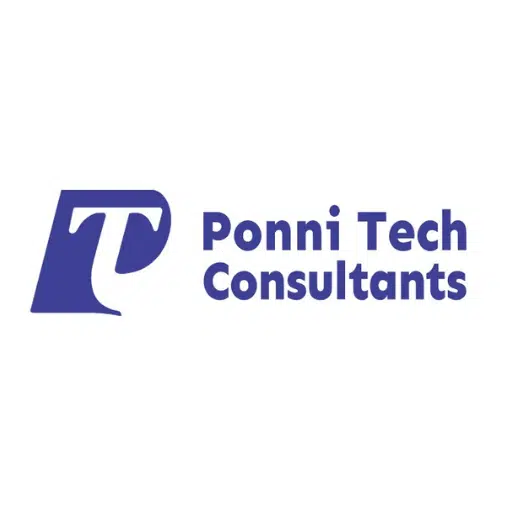yieldWerx is your solution partner for unparalleled quality control and compliance,
consistently pushing higher yields with full lifecycle transparency.

With the rise of autonomous driving, safety-critical systems like airbags and anti-lock brakes, reliability has become the number one challenge facing the automotive industry. Minor yield losses can lead to recalls, regulatory scrutiny, and a compromised brand image. The industry also faces stringent safety and compliance regulations that require performance verifications at every stage of production, making it essential to maintain high yields and ensure that defective components do not slip through the testing process.

Achieving safety and reliability with zero defects while maintaining high yield
Meeting stringent compliance and safety regulations at every stage of production defect-free
A diverse and complex supply chain where location and material variability greatly impact quality

Discover the yieldWerx difference and revolutionize your semiconductor operations. Schedule a demo today!
